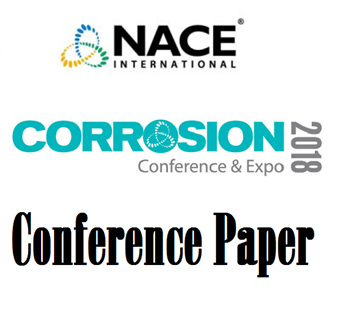Search
09221 Inhibition Mechanism in Concrete by Organic Substances: An Experimental and Theoretical Study
Also Purchased
09244 Effect of Selected Design, Construction and Operating Practices on Gas Plant Life Expectancy
Product Number:
51300-09244-SG
ISBN:
09244 2009 CP
Publication Date:
2009
$20.00
51318-11117-Top-of-Line Corrosion Inhibiton and Proposal of an Inhibition Mechanism
Product Number:
51318-11117-SG
Publication Date:
2018
$20.00
09191 Fundamentals of Bristle Blasting Process for Removing Corrosive Layer
Product Number:
51300-09191-SG
ISBN:
09191 2009 CP
Publication Date:
2009
$20.00




